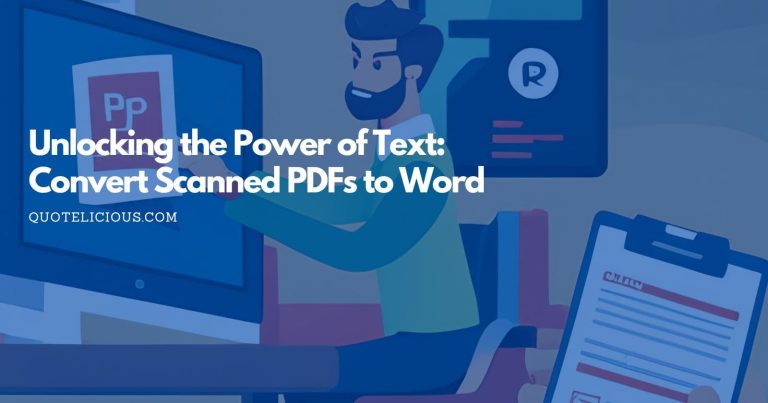How to Develop a Strong Content Strategy
Content is a tool that helps you achieve your goals: sell, build trust, tell about a new product, or gather traffic on your website. But before you rush into the pool headlong, you need to understand and outline where to dive and how to make efforts. There is no magic pill “content marketing” – you need to work hard, long, and according to plan.
A content marketing plan will give a detailed answer about what exactly, to whom, and how you will write and publish on the Internet and in general for what purpose you are doing all this and how you will evaluate the work.
There are no rigid rules, direct step-by-step guidance, or a universal template – the work is one-piece, individual. It all depends on the topic of the site, the tasks it faces, the specifics of the industry, the target audience, and even banal on the amount of time, budget, goals that the business owner sets. But let’s figure out what you can’t do without and what points you need to work out.
What should be included in content strategy?
This is a general guideline that tells you what information is needed, where and why to publish it. Without it, the work will be in continuous chaos, and it will be almost impossible to reach the goal.
Here’re the mains points, according to William Grabe, essaysadvisor owner:
- Goals and objectives
- Analysis: audiences, competitors, platforms
- Target audience (people or brands whose problems can be solved by your product)
- Tools to use
- Tone of voice
- Permanent Topics Plan
If there is a strategy, then there will be no questions about what to write – there is always a plan. Then we talk about how to develop it correctly.
Blog content strategy steps

Defining the goal
Any strategy starts with an idea. It is important to understand what purpose you are pursuing with your business. Understanding this will help you create only information that will truly interest your audience and bring them maximum benefit. If your business does not carry a specific idea, you will not know how and for whom to promote your product.
Study your competitors
The next stage is the study and analysis of competitors. Analyze the different channels on which they publish their creative materials. Start with a website and social media. Enter the desired query, for example “mba admission essay” and select the first articles from the Google results. See which content is more successful, in what form, and how often they are published. Identify the strengths and weaknesses of your competitors. Your goal is to be better than your competitors. Learning will help you create what is useful to your audience.
Researching your target audience
Describe in detail who you create for and where they are most likely to consume the information. And remember that different types of information can help you reach different audiences. Knowing how each of these groups behaves, their lifestyles, what challenges they face, and more will help you choose the right format. It also ensures that you are using the most effective materials for that audience. You can find out what buzzers or millennials love, what product was trending at a particular time, what the future holds for this or that sphere. With this information, you can create creatives, focus on strengths, and promote your product more effectively.
Ways of influencing
Since the information comes in many different forms, you will need different channels to publish it. This section will be influenced by your audience, where they spend their time, and what formats you will use.
- Social Media
Social media platforms can be used for paid ads as well as posting your content on your page. Social media is a great place to showcase your brand personality and build relationships with your current customers.
- Blog
People looking for information will land on a blog. Your blog is the perfect place to showcase industry knowledge, expert advice, and product suggestions. You can build a wide network and reach out to a wide variety of people, from current customers to those who have never heard of your brand.
Tone of Voice
The tone of voice is a manner of communication with a special tone characteristic of a particular brand. It evokes certain emotions, builds associative links with the brand, helps a potential buyer not to forget the information he heard or seen.
Building Permanent Topics Plan
This is a blueprint where you detail the persistent headings information on your blog. It should contain the following points:
- title;
- rubric assignment;
- how often information is posted;
- platforms for publishing.
The bottom line
You may run into some bugs when creating your blog plan, but don’t be discouraged. It will take time to place your information and its strategy wherever you want, but each of these steps will create a framework that you can return to at any time.
The main thing to remember: Create a strategy and make only the content that will be interesting and useful to your target audience!







